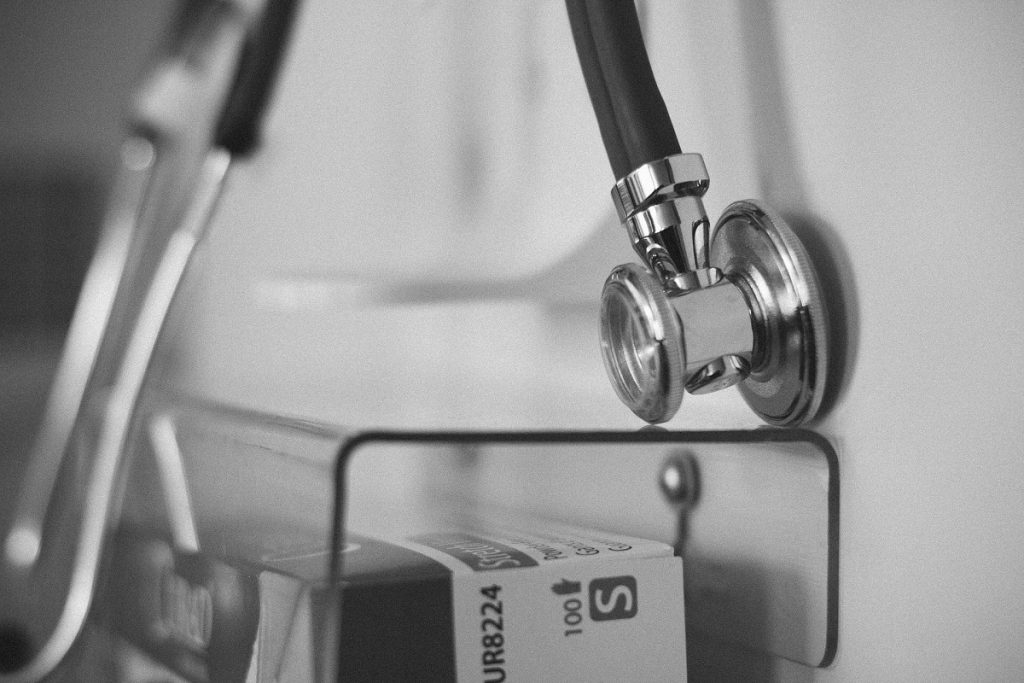Like many healthcare providers, the UK’s National Health Service is facing tremendous pressure. As well as dealing with the aftershocks of the pandemic, it is expected to accelerate its provision of quality, more personalised and more preventative care to patients, incorporate demands for more digital approaches in all aspects of its operations, and handle chronic workforce shortages.
And it is expected to do all this on limited, and now reduced, budgets. Indeed, the news that an already resource-strapped NHS could well have to incorporate significant budget cuts could not come at such a crucial time.
Alleviating pressure using automation
Yet, while these challenges may seem insurmountable, some of the solutions may be closer at hand. While there is no single silver bullet that will fix every single challenge, there are tools, processes and approaches available that, if deployed correctly, could not only help alleviate some of the pressures the NHS is dealing with, but lay the groundwork to future-proof against further potential problems yet to appear.
The 21st century has been defined by the increasingly rapid adoption of digital technology. When deployed effectively, organisations have been able to upend old ways of working to deliver better results faster. One of the key elements of this progression is the automation of certain functions and tasks.
However, other industries have adopted these technologies and new ways of working reaping the rewards of stellar advancement, health continues to lag. This is partly due to regulatory restrictions, and partly down to a degree of conservatism within the sector in addressing new ways of working.
Alleviating employees to focus on complex problems and tasks
The result is that many highly skilled and in demand clinicians still spend time performing tasks that could be handed to non-clinical staff, who in turn could see more of their current workload automated. For instance, the UK government estimates that a third of a community-based clinician’s time (the equivalent of 88 days per working year) is spent on administration and patient coordination, while over half of doctors report that at least one hour of their work each day could be carried out by non-clinical staff.
What would happen if that time was able to progress one step further? With the administrative tasks shifted from clinician to non-clinician, and the latter’s current tasks moving from human to automation. Based on the above findings, if that approach were to be deployed at a community clinic, it would only need to be applied to three clinicians’ workloads for that location to have the equivalent of a fourth clinician available to care for patients.
Suddenly, more care can be dispensed, in whatever form the clinic decrees most beneficial to its patients, while non-clinical staff can tackle more complex problems. Workloads can be managed more effectively, helping to improve staff engagement, morale and, in the long run, contributing to reduce the flood of workers currently leaving the health sector.
Automation in action
University Hospitals of North Midlands (UHNM) uses robotic process automation (RPA) to support patients in selecting their own X-ray appointments. Pre-pandemic, the imaging department scanned more than 9000 patients every week across X-ray, ultrasound, MRI and other specialities. With COVID restrictions impacting the number of services it can run, the department is now using RPA to speed up the appointment process and alleviate pressure on staff without impacting the service it delivers to patients.
The RPA mimics human actions on the hospital’s digital appointments system and sends a short text message to the patient’s mobile phone with a unique web browser link where they can select their preferred imaging location and date and time for an appointment. The RPA automatically assigns an appointment based on preferences selected, handing control over to the patient. It also considers where different medical scans can be carried out at different imaging centres, the patient’s age and the necessary time that will be required for an appointment.
As well as allowing patients to control when and where they have their appointments (and thereby reducing the risk of missed appointments), the system also means that the imaging department receives accurate information on what imaging is required. This allows it to manage patient throughput and reduce waiting times.
From better appointment scheduling to reducing NHS pressure
The result, across the board, is a more enhanced level of service, with a shorter gap between referral and imaging, contributing to more opportunities to identify patient illness and implement a care plan sooner, increasing patient safety through a more efficient process.
The UHNM RPA deployment is a good example of how one example of automation to manage appointments – can contribute to a better overall care service. In doing so, it helps to ease some of the pressure the NHS is facing and allows them to meet the demands of delivering the highest levels of care possible within the realms of constrained and threatened budgets.
By Leon Stafford, UK country manager at Digital Workforce

